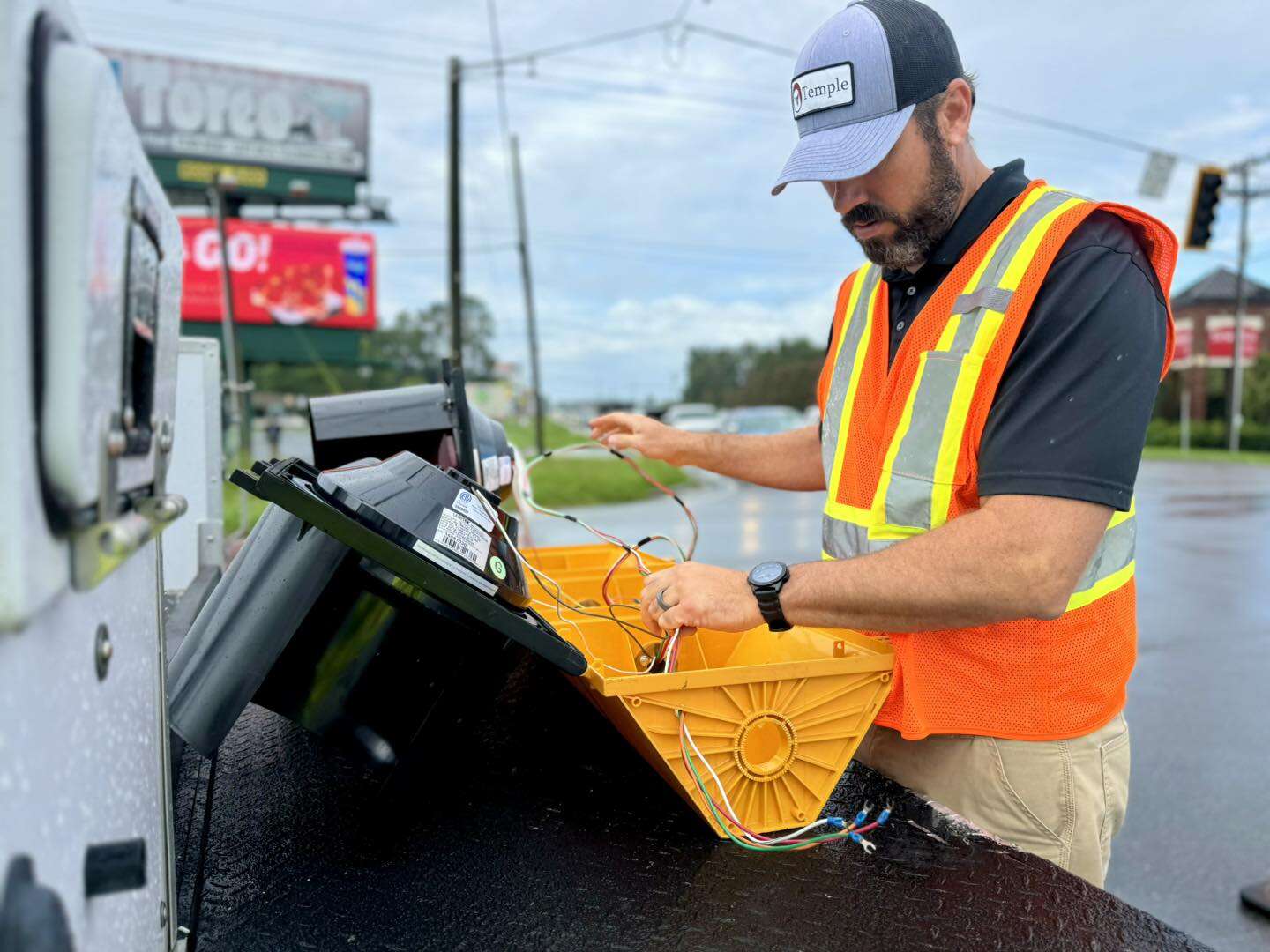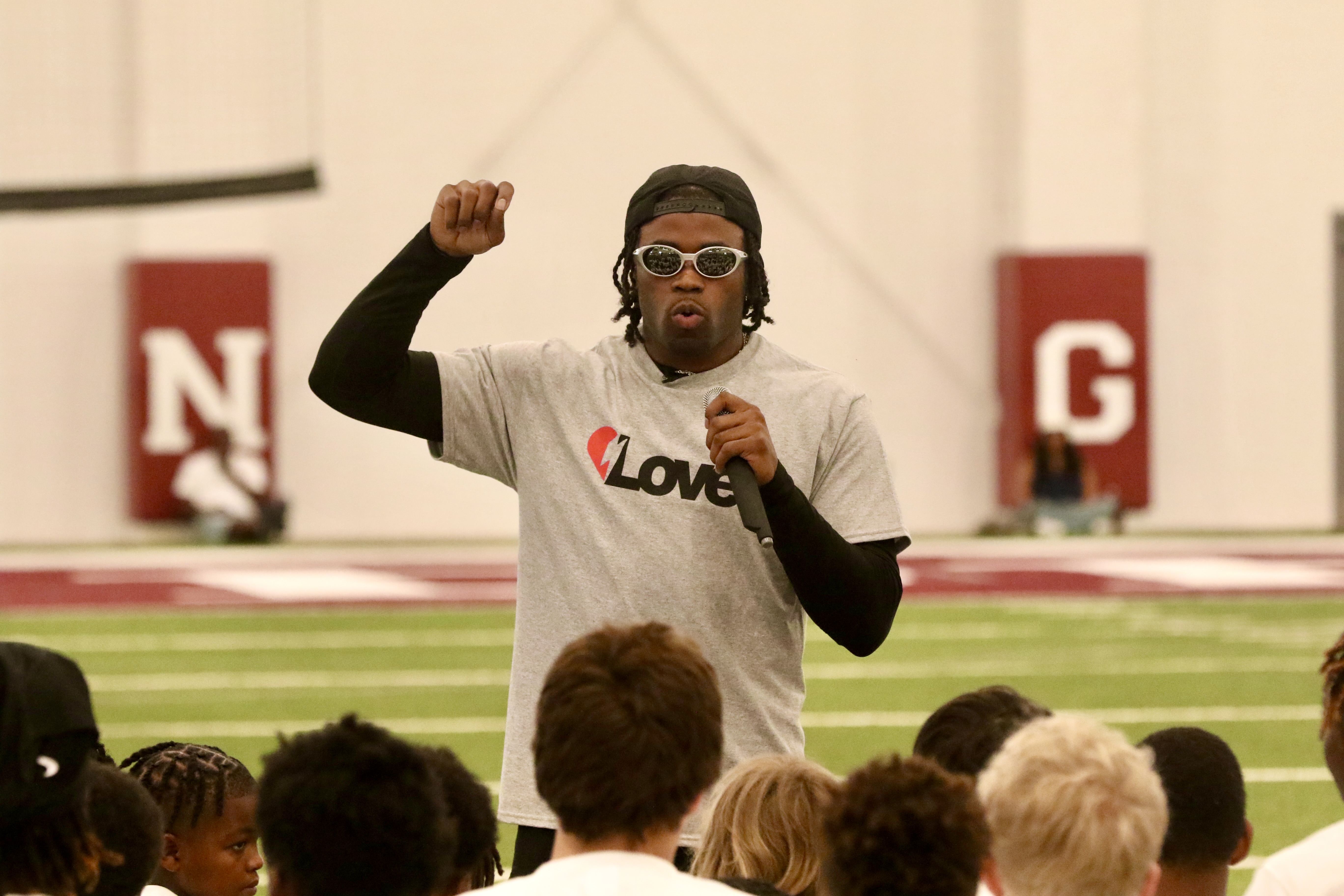Truck company in Nev. train wreck had citations
Published 11:00 am Monday, June 27, 2011
A Nevada trucking company under scrutiny for a fiery crash with an Amtrak train that left at least six dead has been cited repeatedly by state authorities for crashes, unsafe driving and operating a truck with tires so bald the vehicle had to be taken off the road.
A man working for John Davis Trucking Co., of Battle Mountain, Nev., drove a truck through crossing gates and into two of the train’s double-decker cars Friday, killing him and five people on the train.
Federal records reviewed by The Associated Press on Sunday showed the state Department of Public Safety cited the company for two crashes in the last two years, including one in February 2010 that injured a person in Washoe County.
In a January inspection, authorities found tires on one company tractor-trailer so bald they deemed the rig an imminent hazard to public safety.
Meanwhile, Nevada Highway Patrol Trooper Chuck Allen said Churchill County coroner officials were sifting through the rubble of the rail cars gutted by the fire. He said they have asked at least one forensic anthropologist to assist them.
“I think it was so hot that they want to make sure they are not missing anything,” Allen told the AP. “They want to figure out if there are any more bodies and if so, how many. They want to rule out the possibility that, yes there are more, or that no, there are not.”
Investigators also looked for clues as to why the truck driver plowed through the railroad crossing.
“Not necessarily just drugs or alcohol, but fatigue, driver inattention,” Allen said. “Did he have a (citizen band radio)? Was he talking to his buddies behind him? If so, was he looking in the side-view mirror and not looking at the road ahead? I don’t think we’ll ever know for sure.”
It’s expected to take up to a year to pinpoint the cause of the crash.
National Transportation Safety Board member Earl Weener said that the flashing lights at the crossing, which are set to blink for 25 seconds before a train approaches, would have been visible from a half-mile away if a motorist was driving at the highway’s 70-mph speed limit.
The investigation has not yet revealed how fast the driver, who was approaching the crossing from the south, might have been going, Weener said.
Two other truck drivers and the train’s engineer watched helplessly as the semitrailer skidded the length of a football field before it smashed through the crossing gates and into the train.
The drivers were part of a three-truck convoy that saw the gates come down and the warning lights go off as the California Zephyr approached, Weener said.
They stopped, but the driver of the big rig in the lead did not, he said.
The train’s engineer saw the truck approaching the crossing and realized the collision was inevitable, he said. The engineer slammed on the emergency brakes, but the train, which was going about 78 mph in an 80-mph zone, traveled a half-mile more before it finally stopped, Weener said.
The engineer watched the truck smash into two of the train’s 10 cars through the rearview mirror.
“He recalled the event clearly. He saw the truck approaching the train,” Weener said late Saturday. “At some point, he knew the impact was imminent. He, in fact, watched the collision in a rearview mirror. He was hoping the train was not going to derail.”
Amtrak spokeswoman Vernae Graham told the AP that five passengers remained unaccounted for by Sunday. A day earlier, officials said more than two dozen people were being sought.
Weener has said some passengers may have gotten off the train before the crash or walked away from the scene without checking with officials.
“This is not quite like you are used to when you get on an airplane. They record exactly who gets on, and what seat they sit in,” he said. “On a train, you can get off without necessarily being tracked.”
Weener said investigators would meet with the trucking company on Tuesday and review the driver’s medical history, training and experience. He also has said the driver’s professional commercial driving record “is an area we will be taking a very close look at.”
The driver’s name has not been released.
John Davis has 67 trucks and 130 drivers who drove nearly 4 million miles within Nevada state lines in 2008, according to the most recent data available from an inspection and crashes database from the Federal Motor Carrier Safety Administration.
The trucking company’s website describes it as family-owned, with more than 100 vehicles and a concrete plant, and specializing in hauling sand, gravel, and ore from the local mines.
The company did not immediately return a call or email Sunday.
On Jan. 19, during a roadside inspection, state authorities found exposed tire treads on one of the company’s tractor-trailers and ordered it off the road immediately, records show.
In the last two years, state authorities also cited the company for 16 other vehicle maintenance violations, including oil leaks and inoperative lamps, but no others were deemed sufficiently serious to order the vehicle off the road.
Weener said the company had received seven violations since 2010. None of them involved the truck in the Amtrak wreck about 70 miles east of Reno.
On Feb. 3, 2010, the Nevada Highway Patrol reported a company tractor-trailer driver got in a crash in Washoe County that left one person injured, and either one or both of the vehicles was towed.
On Oct. 29, 2009, crash reports showed another company driver got in a wreck in Humboldt County, in which one or both of the vehicles had to be towed.
Overall, large-truck crashes in Nevada caused 199 injuries last year, but federal records don’t detail who was at fault.
At a roadside inspection on Feb. 22, inspectors cited a John Davis driver for failing to use a seat belt and for an equipment defect on the rig’s hydraulic brake system. In another on April 5, 2010, Nevada authorities cited another driver for lane restriction violations.
The company also was cited for cargo violations that included prohibited hazardous material markings on packages one driver was carrying and labeling problems, the records showed.
Allen said it was not unusual for state public safety officials doing spot roadside inspections to take trucks out of service for unsafe driving practices of discrepancies in travel logs.
He said he wasn’t familiar with the trucking company’s record but said that “having just a couple of tickets, I don’t think is an alarming issue.”





